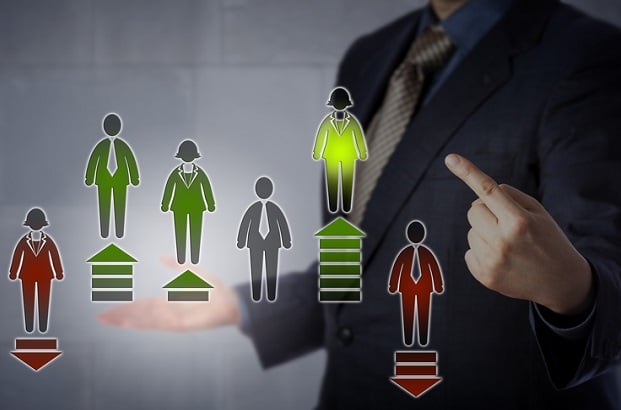They may be written off in the job market and even by Hollywood, but don’t sell older generations short; AARP says they’re not only redefining aging, but having an effect on the economy that goes beyond sheer numbers.
The study “The Longevity Economy: How People Over 50 are Driving Economic and Social Value in the U.S.,” commissioned by AARP in conjunction with Oxford Economics, found that 50-plus folks staying in the workplace are “redefining aging” as well as contributing an increasing amount to the economy. In 2015, that group was responsible for $7.6 trillion in economic activity — up from $7.1 trillion in 2012 — and that economic contribution will continue to rise.
Related: U.S. workers planning on 7 extra work years before retirement
The report examined the so-called “longevity economy” across five major themes: changing demographics; consumer behavior; economic contribution; labor market activity; and philanthropy and wealth.
The 50-plus population, it said, generated about 42 percent of national GDP, despite only making up about 35 percent of the overall U.S. population (111 million people). In addition, the longevity economy generated $1.8 trillion in federal, state, and local taxes — approximately 34 percent of federal taxes and 41 percent of state and local taxes.
The research also found that direct spending on consumer goods and services, including health care, by 50-pluses totaled $5.6 trillion in 2015, while the under-50s spent just $4.9 trillion during the same period.
Not only do the over-50s spend more overall than the under-50s, they do the majority of the spending in several categories, including health care, nondurable goods, durable goods, utilities, motor vehicles and parts, financial services and household goods.
With under-50s not just stagnating but declining within the labor force, the report said that the increasing participation of the 50-pluses “will cushion potential labor shortages and continue to contribute to national productivity and growth.” Not only that, but they’ll be responsible for lots of new businesses — in fact, over the past 10 years, entrepreneurially minded folks over 50 started 1 out of every 3 new businesses in the United States
And they’re doing a lot of volunteering — more than other segments of the population, at an average of 130 hours a year — as well as engaging in lots of other philanthropic activities.
The 50-pluses who make up the longevity economy are not only breaking stereotypes and exhibiting a distinct consumer profile, but also “driving demand for and funding a multitude of new products and services, especially ones that adopt technological innovation.” In addition, 83 percent of U.S. household wealth is held by people over 50.
While currently the majority of that demographic is made up of whites, shifting immigration and birth rates by race/ethnicity will change that. In fact, the report said, “By 2050, Black, Hispanic, Asian, and other non-white groups will make up 45 percent of the 50-plus cohort, compared with 26 percent in 2015. This changing composition will influence the types of goods and services that the 50-plus population consumes as well as investment and entrepreneurship activities that emerge from the Longevity Economy.”
© 2025 ALM Global, LLC, All Rights Reserved. Request academic re-use from www.copyright.com. All other uses, submit a request to [email protected]. For more information visit Asset & Logo Licensing.







